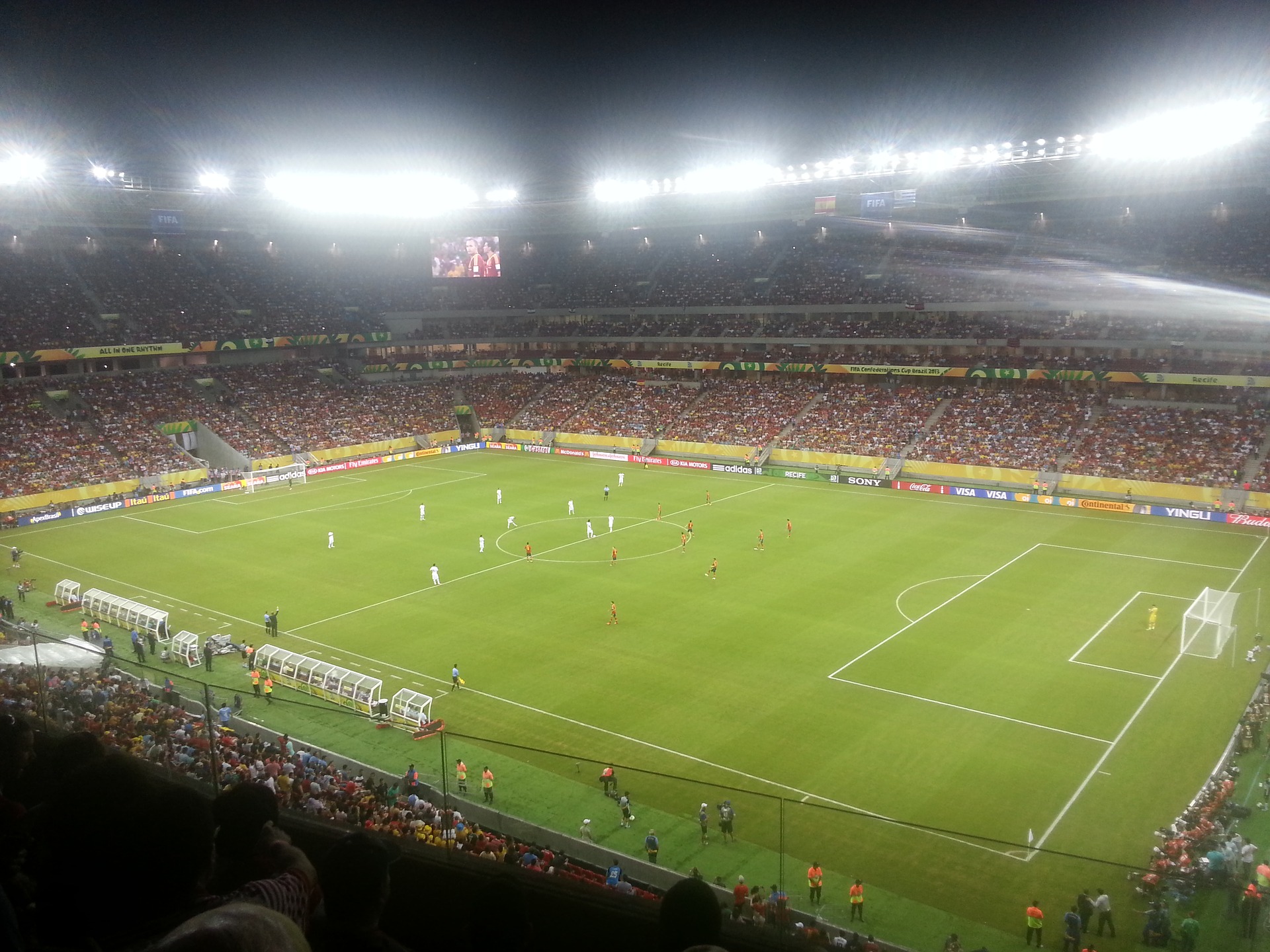Article written by: Francesco Peccianti
GREENFOOT project aims to finance sport building Energy Efficiency (EE) renovations and Renewable Energy Sources (RES) installations with crowdfunding schemes that propel Europeans to become active participants in the energy transition through their love of sports and their favorite teams.
Within this framework, one of the first tasks developed by the project was the synthesis of the knowledge and analysis of best practices to perform such interventions in the sport facilities, performed by RINA Consulting project partner.
Three main building typologies have been identified taking into consideration:
- Football stadiums, as competitive sports buildings.
- Sport and training centres, as exercise sports buildings.
- Clubs headquarters, as complementary sports buildings.
Each typology is characterized by different needs, which have great influence on the energy behavior of the building. The requirements of each building type, together with its related facilities, vary depending on the activity carried on and on the number of practitioners or occupants in general, a first analysis included some inputs in this perspective.
Then for each sport/football building type, a wide range of applicable energy efficiency renovation solutions have been analysed and proposed, together with their potential impacts. The objective was to provide an easy-to-read Technical Catalogue (publicly available on the project website) collecting a set of suitable solutions for each building category, completed with technical features, detailed information, analysis under the point of view both of energy savings and of adaptability with crowdfunding schemes. Strengths and barriers were summarized to facilitate informed decision-making during the development of plans for the candidate buildings.
Most of the current sport facilities were built between the 1960s and the 1980s and at those times energy efficiency was generally not a design consideration. These facilities must be renovated and maintained.
The analysis of the current building stock confirmed that sports buildings are highly energy-intensive structures due to their structural characteristics and use. Apart from statistics and estimations, it is a fact that stadiums, arenas, and football training centres of all types consume massive amounts of energy and can be extreme consumers, especially with regards to electricity (lighting, cooling, pumps, specific equipment and hospitality needs during match days, etc.).
Reducing existing building energy consumption consists of two synergistic approaches:
- Reduce the need for energy through implementation of energy efficiency measures.
- Offset the remaining building energy needs through use of renewable energy systems.
The most relevant areas of improvements observed have been reported and divided within 6 thematic groups:
- Technologies to exploit RES (renewable energy sources).
- Improvement of the lighting system.
- Modernisation of HVAC systems, plant and equipment.
- Implementation of BMS (Building Management Systems).
- Renovation of the building envelope.
- Upgrade of electrical equipment and specific technologies.
A variety of information has been summarised in the above mentioned Technical Catalogue, organised through 20 technical sheets, including a general description of the function performed, technical details and design parameters, conditions for implementation, strengths and barriers, energy performances and costs savings as well as preliminary information on the adaptability with crowdfunding schemes.
The Technical Catalogue represent the main outcome of this activity and it will be promoted to relevant stakeholders in the sport world, also thanks to the external support of UEFA, which is participating in the discussion with the project. It can be easily updated and adjusted to the project’s findings, while it aims to represent a reference document for future work in the field, where GREENFOOT partners aim to make an impact.
The analysis performed and the data collected establish a starting point for the GREENFOOT project under the technical and engineering point of view and fit in a wider context, to meet the ambitious objectives set by the consortium to deploy the proposed intervention and to make sport greener.
By the end of the project another key document will be developed to complement the Catalogue, The Greenprint: an easy-to-follow guidebook for replicating the GREENFOOT concept in sports buildings across Europe!
Please send any feedback or inquiries to: francesco.peccianti@rina.org

